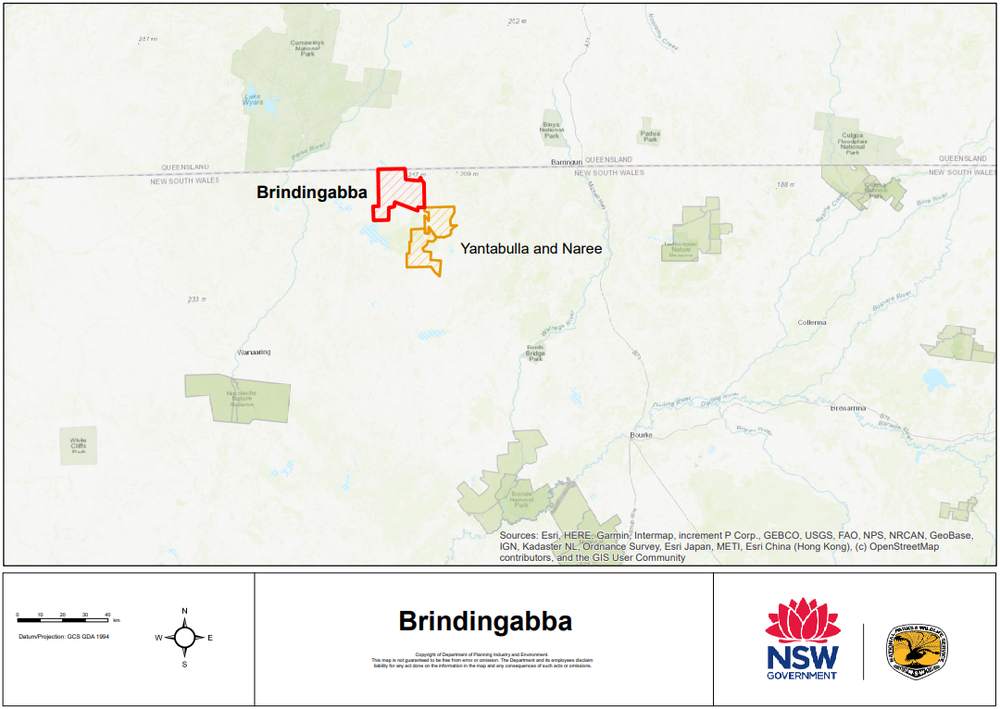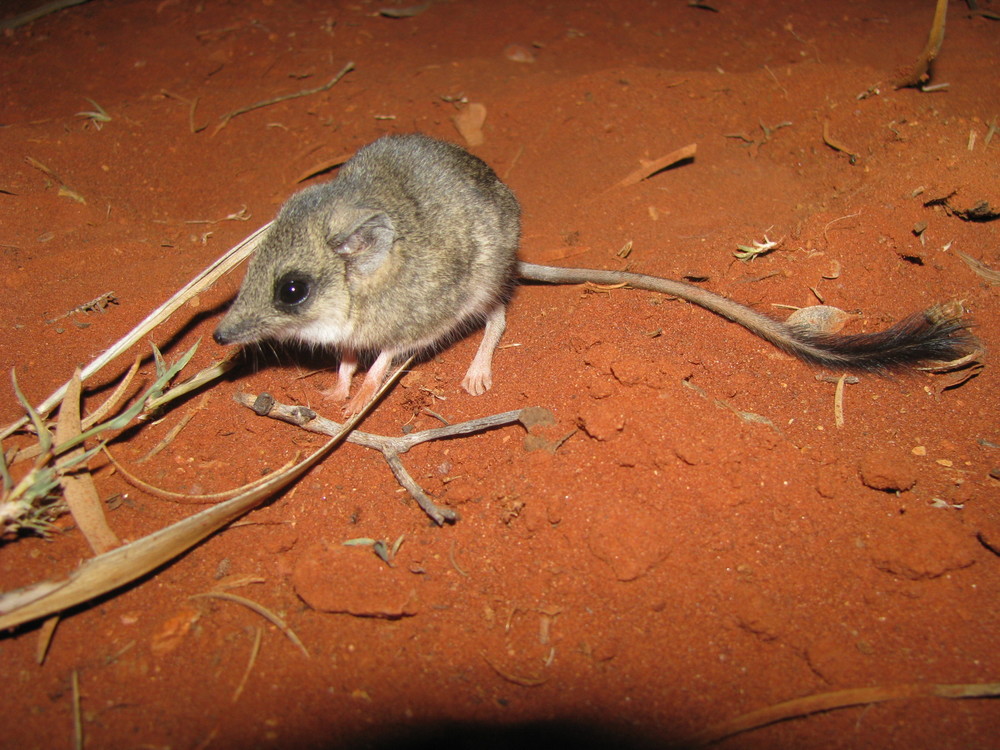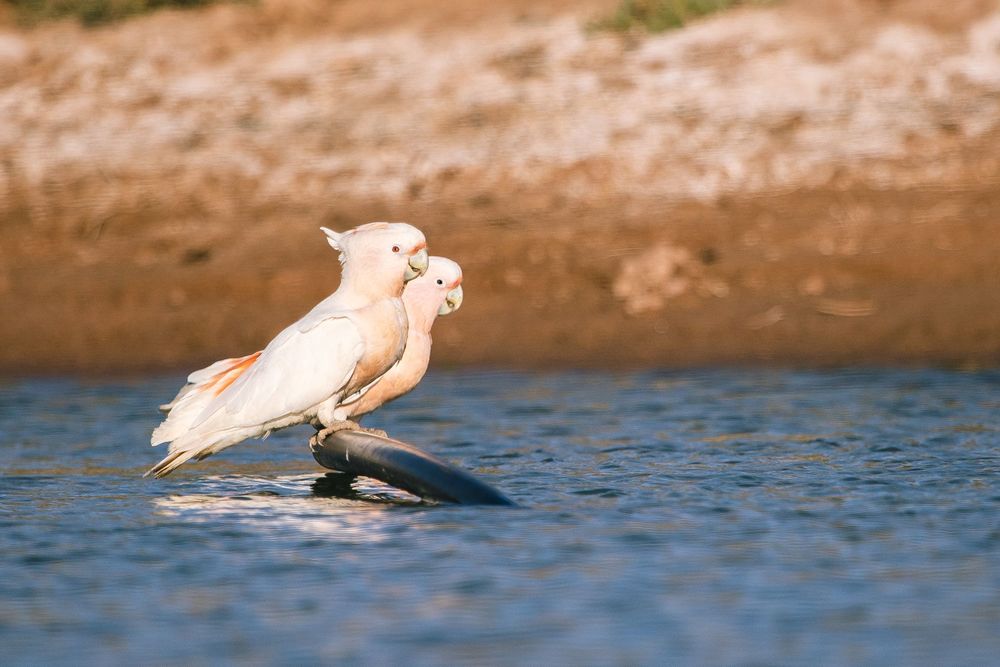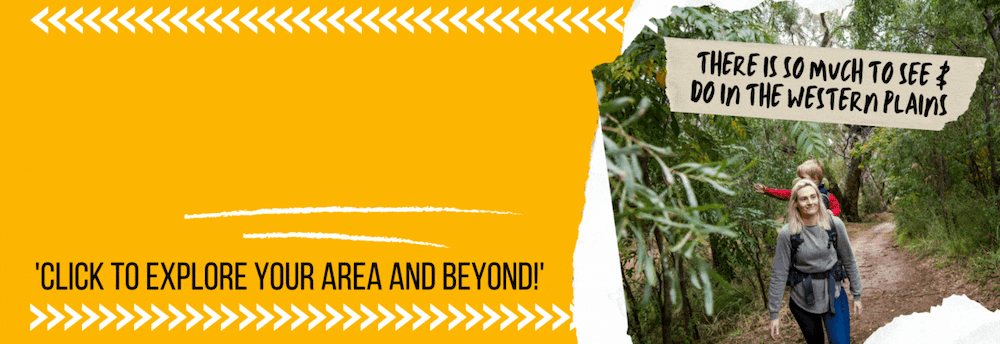New national park north of Bourke
Kristin Murdock
05 January 2023, 6:40 AM
 Brindingabba is the state's newest national park. IMAGE: Joshua J Smith Photography, DPE
Brindingabba is the state's newest national park. IMAGE: Joshua J Smith Photography, DPEThe creation of Brindingabba National Park, formerly Brindingabba Station, has been hailed a significant win for an estimated 30 different eco-systems that the area supports, but locals have some management concerns.
The 33900 hectare park, formerly Brindingabba Station, is located 175 kilometres north-west of Bourke in what is known as the Mulga Lands bioregion.
It is in the Cuttaburra basin, and part of the Paroo and the Warrego floodplains in the Murray-Darling’s northern basin.
Retired farmer, Nick Brown, whose family has been in the Bourke area for 160 years laments the loss of more agriculturally productive land from the region.
"I guess I'm old fashioned," Mr Brown said. "But I don’t like to see the excess of land being taken out of production in our area. We already have a lot of absentee farmers and land used for carbon credits which affects the number of people in our community. The loss of staff from land boards and similar support groups has also gone with the farmland."
The new National Park incorporates part of Lake Wombah and more than 7,000 hectares of Yantabulla Swamp, which are considered nationally important wetlands.
The Government's purchase of Brindingabba Station involved a partnership with The Nature Conservancy Australia (TNC).
TNC’s Director of Conservation and Science, Dr James Fitzsimons, agreed the acquisition is an important milestone for the conservation of the State’s unique biodiversity.
“Brindingabba National Park protects unique landscapes that are nationally significant,” Dr Fitzsimons said. “With neighbouring privately protected areas, it creates a conservation corridor of more than 65,000 hectares.”
Brindingabba features a diversity of ecosystems, from gidgee country and stony mulga rises, through to Mitchell Grass grasslands, Blackbox and Coolibah lined creek systems and lignum swamps.
The park adjoins the 31,200 hectare Naree and Yantabulla Stations, which are private reserves that the NSW Government protected in perpetuity with an agreement and an $8.9 million commitment through its Biodiversity Conservation Trust (BCT) in June 2022.

The part is expected to protect the habitat of at least 12 endangered and 31 vulnerable species, including a small carnivorous marsupial called the kultarr, pied honeyeaters, hooded robins, pink cockatoos and fat-tailed dunnart.

A rarely seen kultarr. IMAGE: James Val, DPE
“It also protects an endangered plant called Lancewood, which is only found in two other areas in NSW, and hasn’t been previously protected in our national parks estate," Dr Fitzsimmons said.
The wetlands are estimated to host some 70,000 waterbirds, as well as an array of small native mammals and insects. The area is a vital breeding ground and habitat for birdlife, including black swans, pink-eared ducks, herons and Australia’s rarest waterfowl, the freckled duck.

A pair of Major Mitchell Pink Cockatoos IMAGE: Alex Pike DPIE
The area is traditional country for the Budjiti and Barkandji people, and the property is believed to contain extensive evidence of cultural artefacts and other items of significance.
NPWS has commenced management on the property and plans to build facilities to support opportunities to camp and explore the area.
Mr Brown said he wasn't aware of extra local staff being on hand to help manage the new land area.
It is expected the new park will open to the public before the end of 2023.




